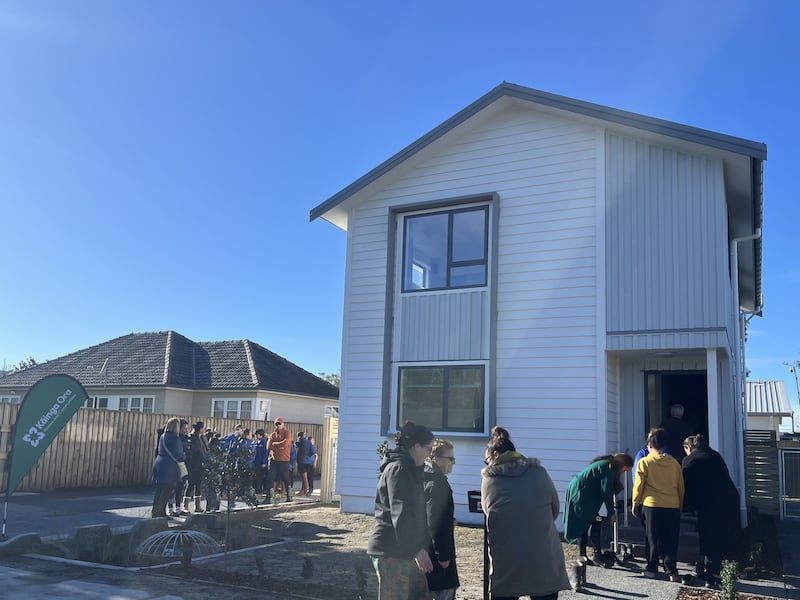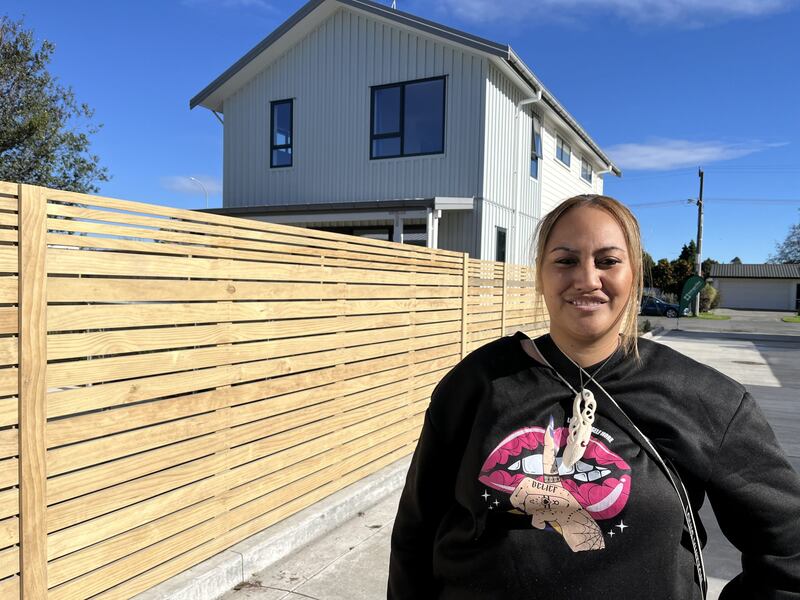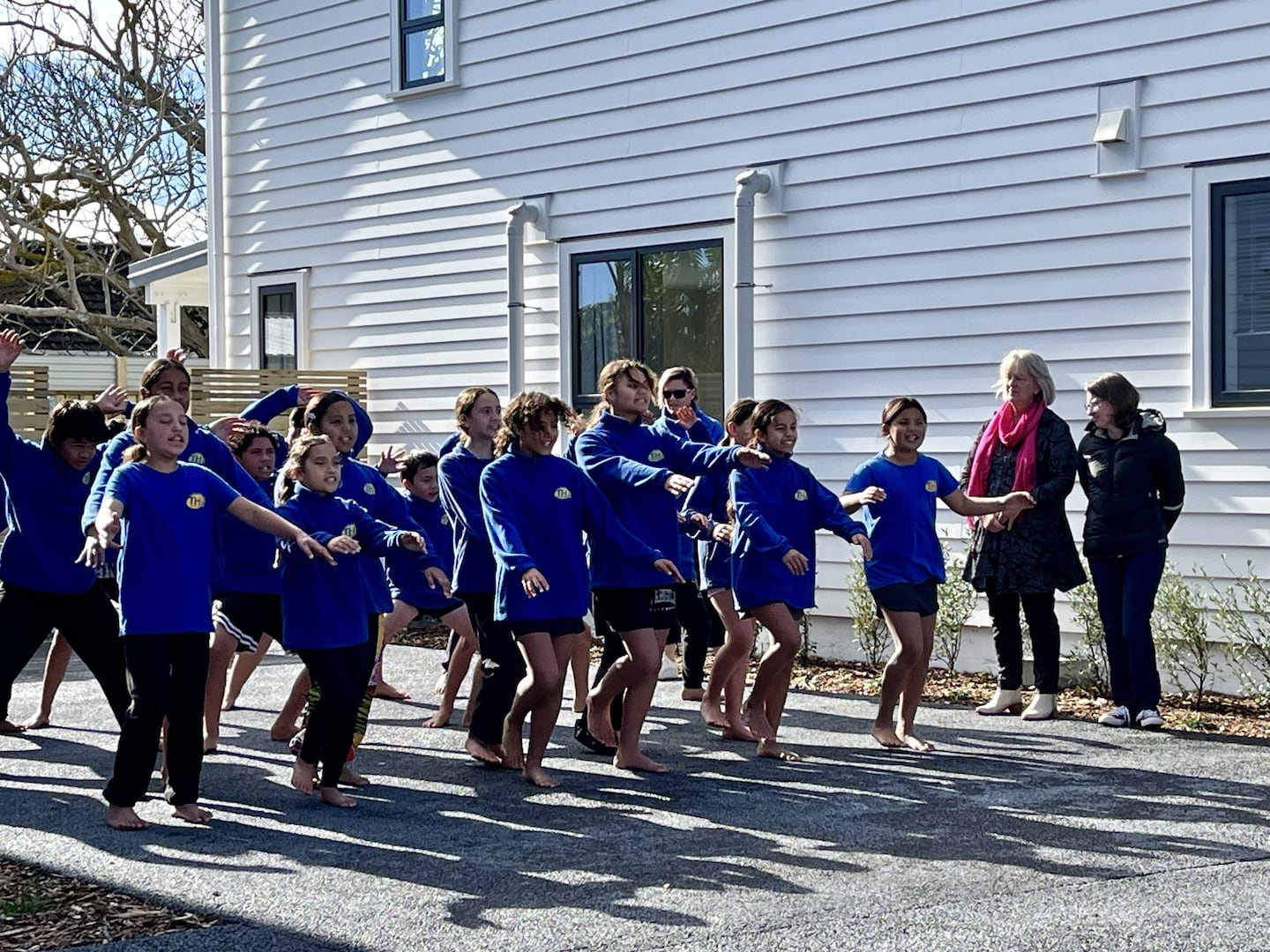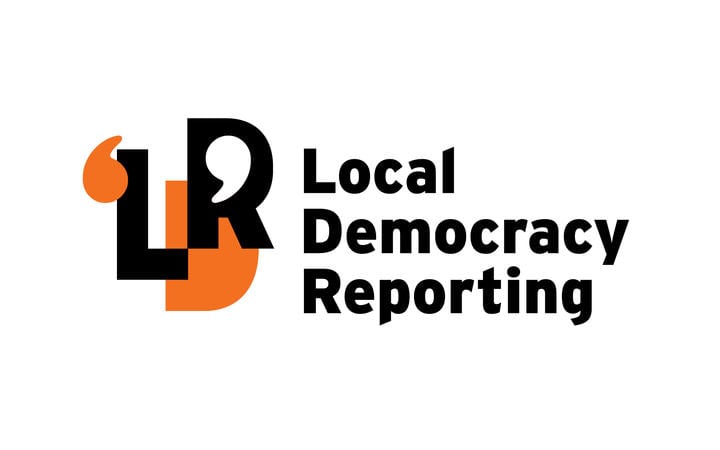Nine Gisborne families in need of a stable home have celebrated moving into a new Kāinga Ora housing development.
The sun shone as parents, children and whānau smiled widely, taking in their new realities on Tuesday.
Many of them did not have the words to describe their relief of leaving emergency housing.
One mother said she had to move every six months for three years to be in a position where they could finally have a permanent home.
Children from Te Hapara School — across the road from the development, which is situated near the intersection of Gladstone Rd and Mill Rd — performed at the opening ceremony and a blessing was done by kaikarakia Morehu Pewhairangi.

Single mother-of-six Charmaine Apanui said she felt finally at peace knowing she had a permanent home for herself and her tamariki after spending three and a half years in emergency and transitional housing.
She was only supposed to be in transitional housing for 12 weeks, she said.
She felt “excited and relieved” to finally have privacy and a place “people can’t just walk into”.
In transitional housing, she was not allowed visitors and constantly had to prove she was searching for a home.
“They come in and check your emails, phone numbers, all the calls you’ve made to check you’re looking for a home, and you have to continuously do that over and over every week until you find something.
“If they spot anybody at your house that’s not you, you get a warning and get in trouble,” she said.
Apanui said she was blessed to have amazing social workers who pushed her to keep trying.
“They’re the reason I am here moving in today.”
According to statistics released by the Ministry of Social Development, Gisborne had 57 households (including 75 children) in emergency housing at the end of June — one-third fewer than it did in March.
Apanui’s is one of three six-child families moving into the development. Overall, 35 children will be in the nine homes.
The Kāinga Ora development was completed last week. It has one six-bedroom home, three four-bedroom homes, four three-bedroom homes and one two-bedroom home.
East North Island regional director Naomi Whitewood said Kāinga Ora was privileged to be able to provide warm, comfortable long-term homes for nine whānau.
“Gisborne is a priority location in the Ministry of Housing and Urban Development’s Public Housing Plan and we are committed to meeting our housing targets in the area.
“These are larger homes and are just across the road from Te Hapara School, which was an important consideration when placing people,” she said.
The new homes have been built on the back of a 5118sq m site that previously held three state homes and vacant land.

“By increasing the number of homes on this site, more whānau will enjoy living in an area that is close to a school and other services.”
Stuart Buscke, of TW Construction, was the regional manager for the development and said the homes were not intended to be completed until June 25 next year.
They and Kāinga Ora had got together and “worked out a plan to get these nine homes done”.
Buscke told Local Democracy Reporting the Government’s requirement for Kāinga Ora to reassess its finances caused building to pause momentarily.
Whitewood said a further four homes were expected to be completed at the development in November.
“We have resource consent for another eight homes in a three-storey block. This stage of the development is currently being assessed as we work through decisions about our future social housing pipeline to ensure the best value for money and alignment with the Ministry of Housing and Urban Development priority locations.”
As of May 2024, 550 people were on the waitlist for social housing in Gisborne, according to the Ministry of Housing and Early Development.
Kāinga Ora has 60 Gisborne homes due to be built by the end of June 2025 and a further 52 homes contracted to be delivered before June 30, 2026.
Cyclone Gabrielle put pressure on Gisborne’s housing stock in 2022 as hundreds of homes were damaged or destroyed.
At the time, Gisborne Mayor Rehette Stoltz said the district was in dire need of more homes.
The Tairāwhiti region is expected to require an extra 5000 homes by 2050.
Over the next 30 years, Gisborne District Council’s Future Development Strategy aims to deliver an additional 5400 new homes for the city and 2235 new homes for already residentially zoned land across the wider region’s settlements and villages.
Local Democracy Reporting is local body journalism funded by RNZ and NZ On Air



